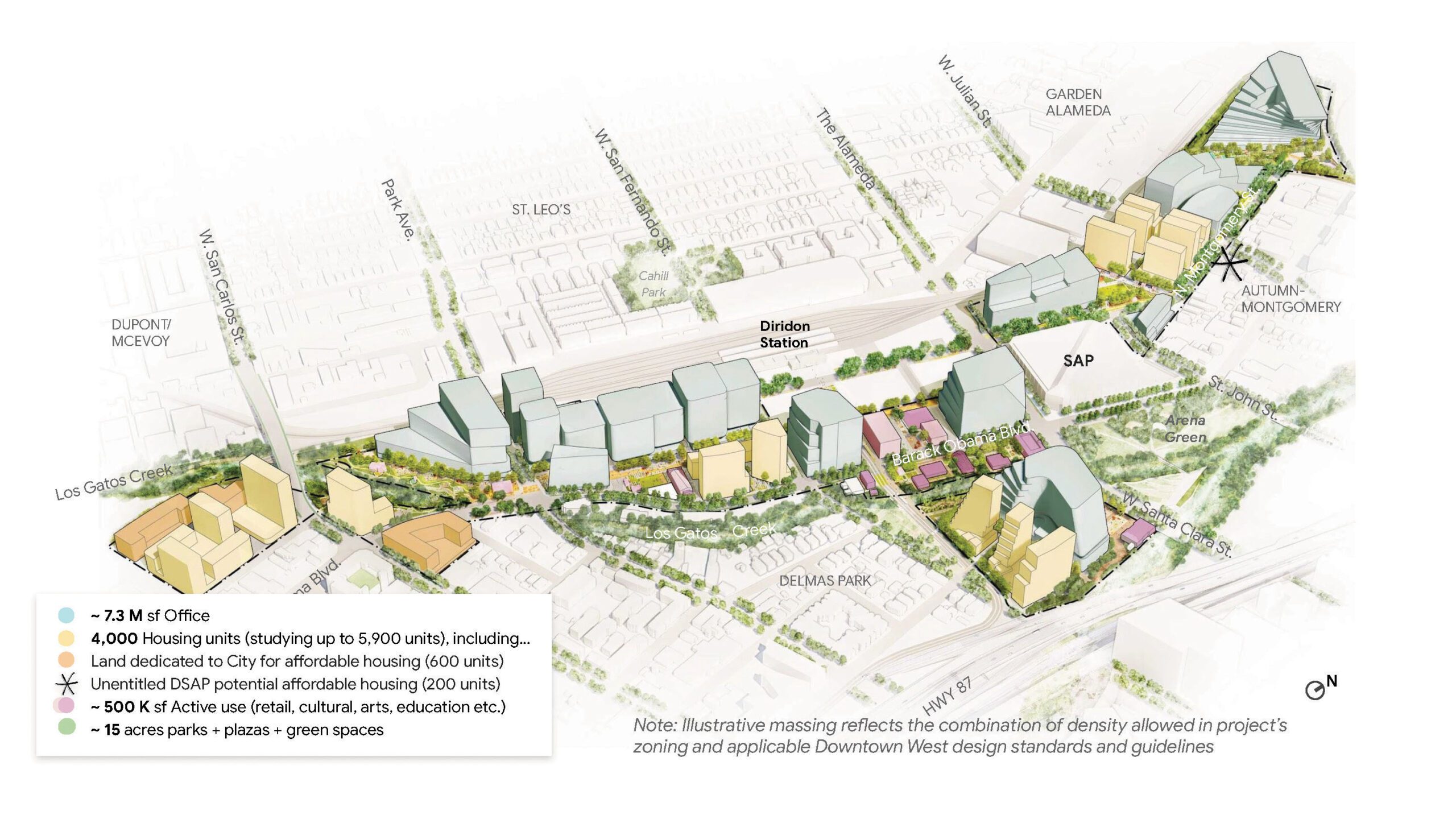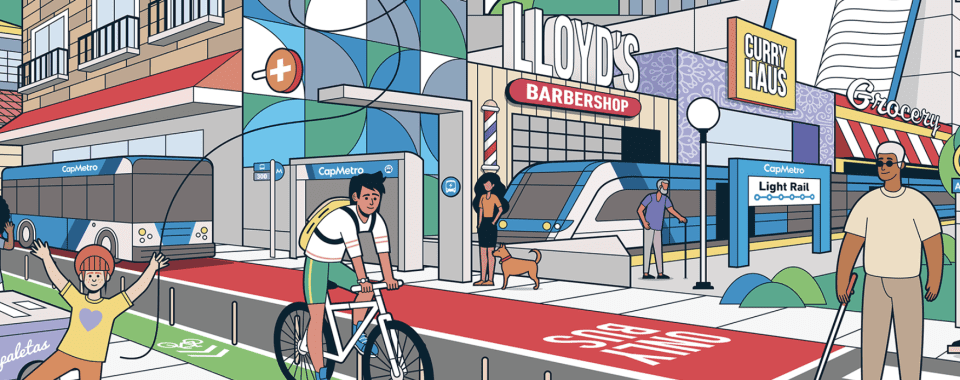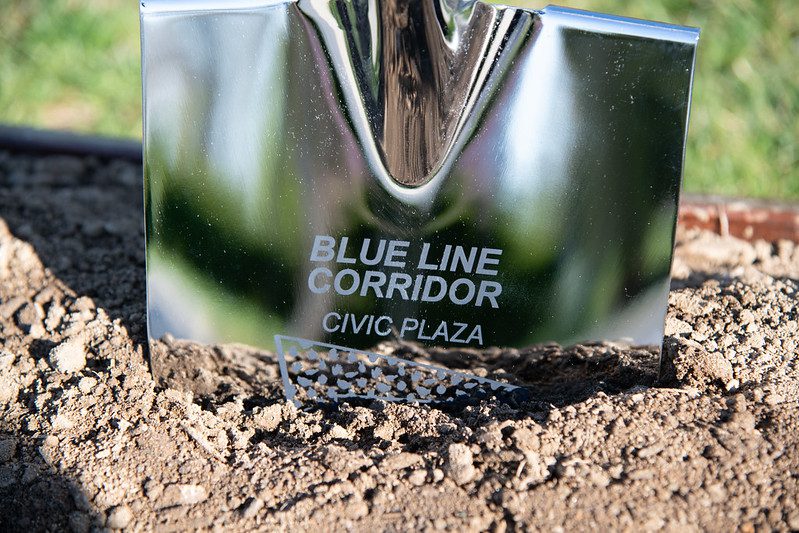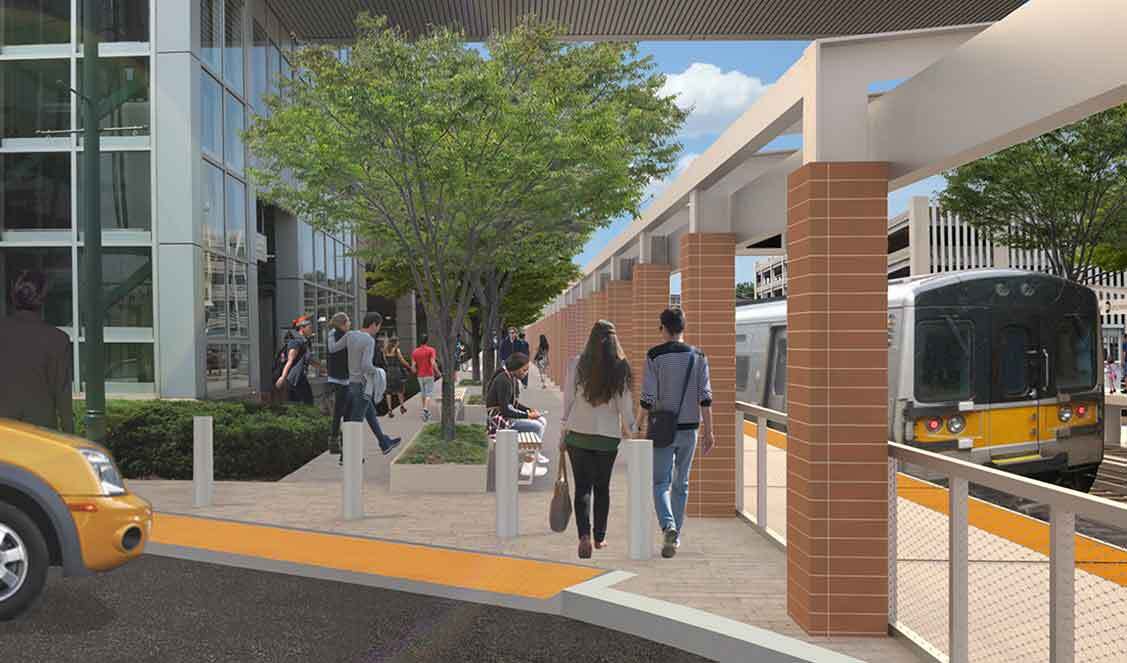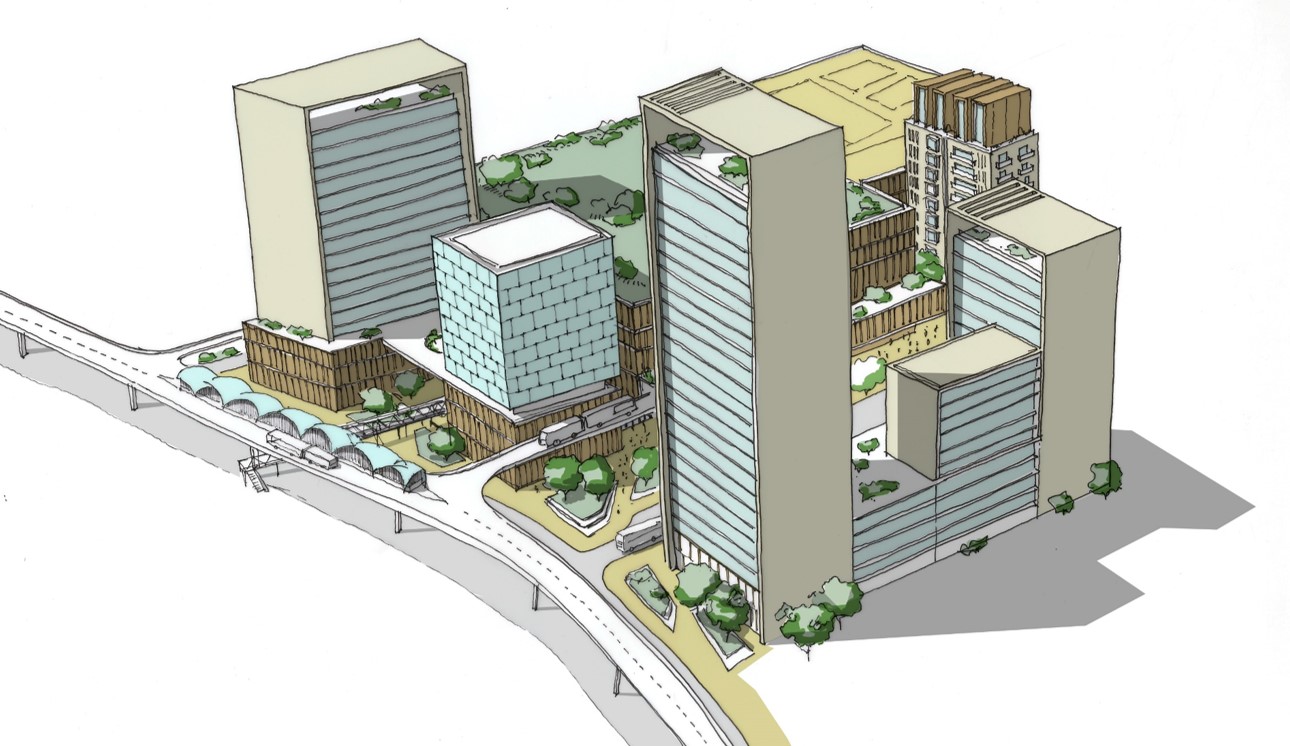HR&A worked with the City of San José from 2017 through 2021 to negotiate and structure Google’s transformative Downtown West development adjacent to San José’s Diridon Station. Through our strategic advisory and direct participation in complex negotiations, we helped secure a groundbreaking $200 million community benefits package and shaped a Development Agreement that has established a new national model for equitable technology campus development, with community advocates calling it “perhaps the strongest community benefits package for a project of its kind anywhere in the country.”
San José saw an opportunity to transform 80 acres adjacent to Diridon Station into a world-class, transit-oriented district and to ensure that longtime residents and communities would benefit from, rather than be displaced by this unprecedented investment. Working alongside SITELAB Urban Studio, which led urban design and planning for the project, HR&A provided comprehensive land use planning, economic analysis and negotiation support. We began with creating development principles for a 21st century urban neighborhood, which evolved into direct participation in multi-year negotiations with Google. We helped the City define community benefit priorities aligned with affordable housing, anti-displacement, and economic opportunity goals, then developed negotiation frameworks and business terms that would deliver meaningful value to residents while enabling the project to move forward.
The resulting Development Agreement represents a landmark achievement in equitable development, delivering up to 7.3 million square feet of office space, 4,000 homes, and more than 15 acres of parks and open space alongside the $200 million community benefits package. More than 90 percent of this package consists of cash contributions, with a $155 million Community Stabilization and Opportunity Fund overseen by a community advisory committee, of which roughly $12.5 million had been paid as of 2025. The agreement’s impact extends beyond San José, with community advocates who initially opposed the project praising it as a replicable model for how cities can work with major technology companies to advance economic development and community equity goals simultaneously.
Explore:
Staff-Recommended Draft Development Agreement For Google’s Downtown West Project
Press:
San José Announces Unprecedented Community Investment From Google Project — San José CA
San José council approves Google’s Downtown West project — San José Spotlight
